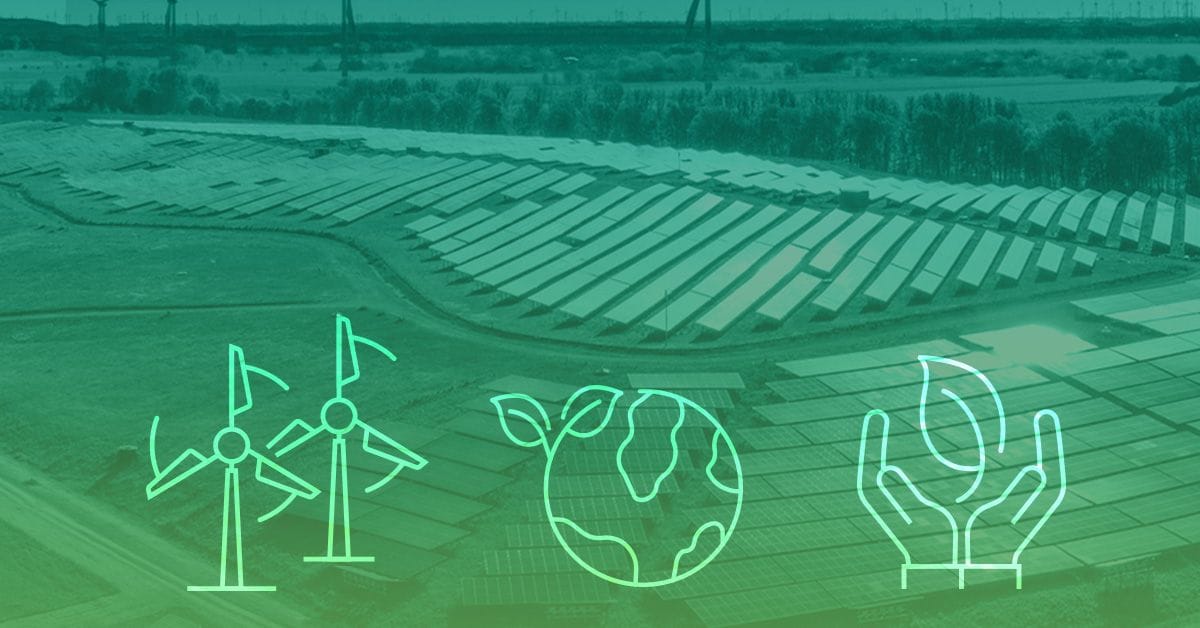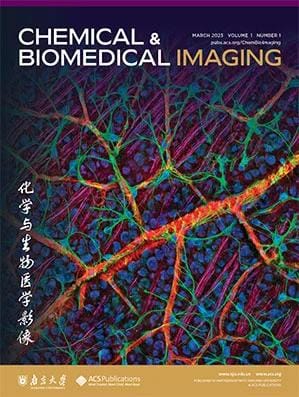This Special Issue will highlight advances in imaging tools for basic energy science and associated technological innovation. Submit your manuscript by June 30, 2025.

The use of microscopic and spectroscopic tools in energy science has revolutionized the way we understand and develop functional materials for tackling sustainability challenges. In the development of high-performance battery materials for better energy storage, for example, X-ray tomography and in situ electron microscopy have been instrumental in visualizing electrode degradation, ion transport dynamics, and solid-electrolyte interphases. Additionally, hyperspectral Raman imaging has provided novel insights into the degradation mechanisms in lithium-ion batteries, and revealed non-uniform defect distributions that could directly affect the efficiency and longevity of solar cells.
In efforts to design (photo)electrocatalysts for various energy conversion and environmental remediation, atomic force microscopy and super-resolution imaging have provided detailed information on the effects on catalytic performance of particle size/shape, active site distribution, and surface restructuring dynamics. The same analytical methods have also been applied for the further development of thermo-catalytic materials currently explored for the upcycling of wastes, including plastics, to produce sustainable aviation fuels.
As microscopic/spectroscopic tools and probes continue to evolve and improve, they will play an increasingly significant role in uncovering new insights into the fundamental behaviors of electrons, ions, and other charge carriers, as well as in fundamental materials processes, such as metal sintering-redispersion, metal alloying-dealloying and solid-state ion diffusion, critical for advancing basic energy science and associated technological innovation.
The key interests of this special issue on imaging in energy science include but limited to the following:
- Imaging tools and probes in energy science
- Battery materials/processes
- Electrode processes
- Charge/ion transport
- Solid-electrolyte interfaces and interphases
- Solar cells, photovoltaics
- Catalysis, electrocatalysis, photocatalysis, photoelectrocatalysis
- Energy conversion
- Environmental remediation
- Waste upcycling
Organizing Editors
Bert Weckhuysen, Guest editor
Utrecht University, Netherlands
Xianwen Mao, Guest editor
National University of Singapore, Singapore
Naresh Kumar, Guest editor
ETH Zürich, Switzerland
Peng Chen, Associate Editor, Chemical & Biomedical Imaging
Cornell University, United States
Neso Sojic, Associate Editor, Chemical & Biomedical Imaging
University of Bordeaux, France
Submission Information
Submissions are welcome through June 30, 2025.
Papers accepted for inclusion in this Special Issue will be highlighted as a significant contribution to this expanding field. If accepted, publications will go online as soon as possible with a DOI, and will be published in one of the next available issues. Publications on this topic will be assembled into a Special Issue in 2025 and widely promoted.
All articles will be peer reviewed prior to acceptance to ensure they fit the scope of the Special Issue and meet the high scientific publishing standards of Chemical & Biomedical Imaging. The peer review process for all papers will be managed by Associate Editor Prof. Peng Chen and Prof. Neso Sojic to ensure rigor is maintained.
Chemical & Biomedical Imaging is an open access journal. Article Publishing Charges are waived for this Special Issue.
How to Submit
- Log in to the ACS Publishing Center.
- Select the “Journals” tab.
- Search for Chemical & Biomedical Imaging.
- Click "Submit."
- Select your manuscript type, and, under ‘Special Issue Selection,’ choose ‘Imaging in Energy Science.'
Please see our Author Guidelines for more information on submission requirements. The deadline for submissions is June 30, 2025.
